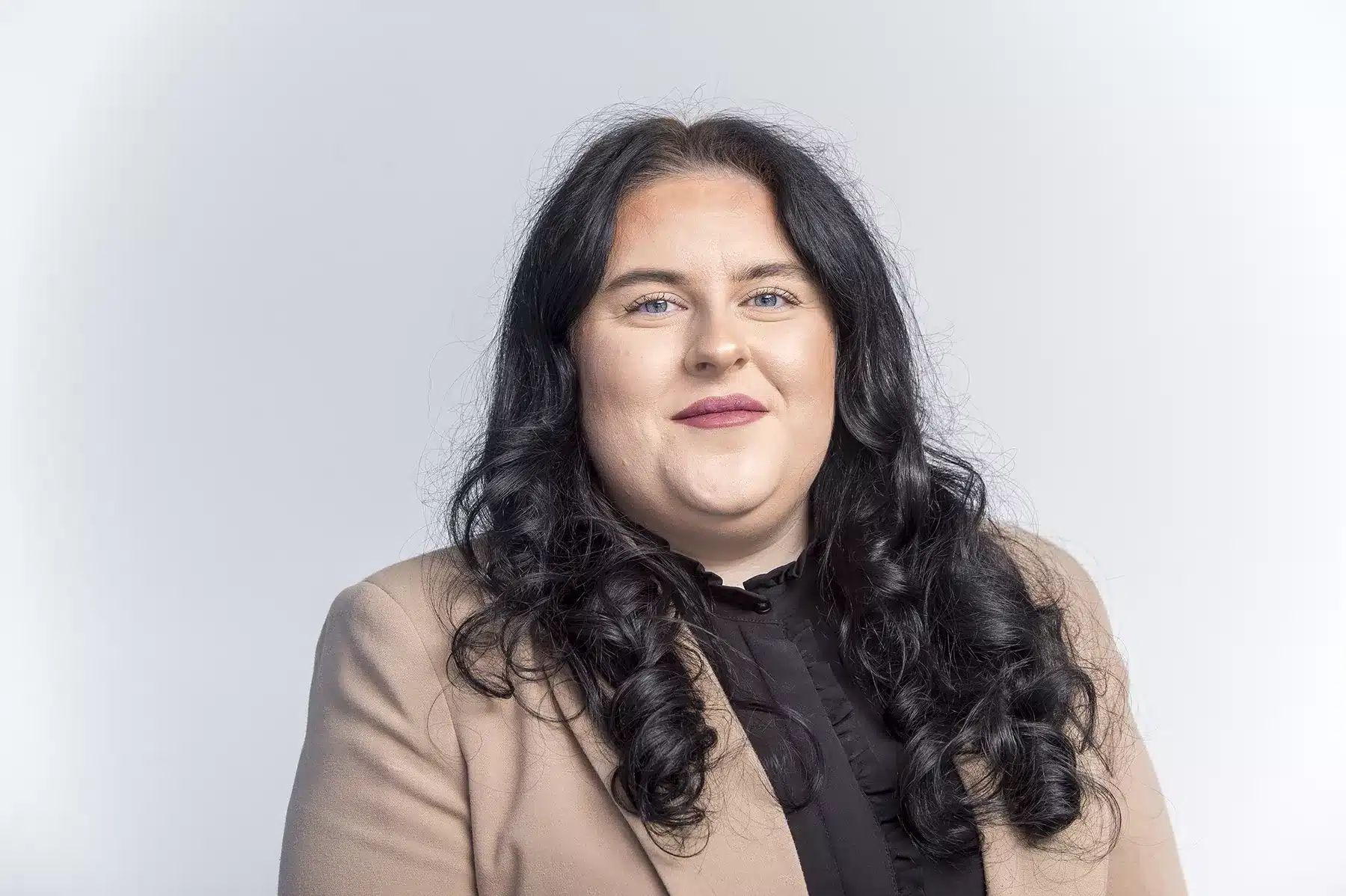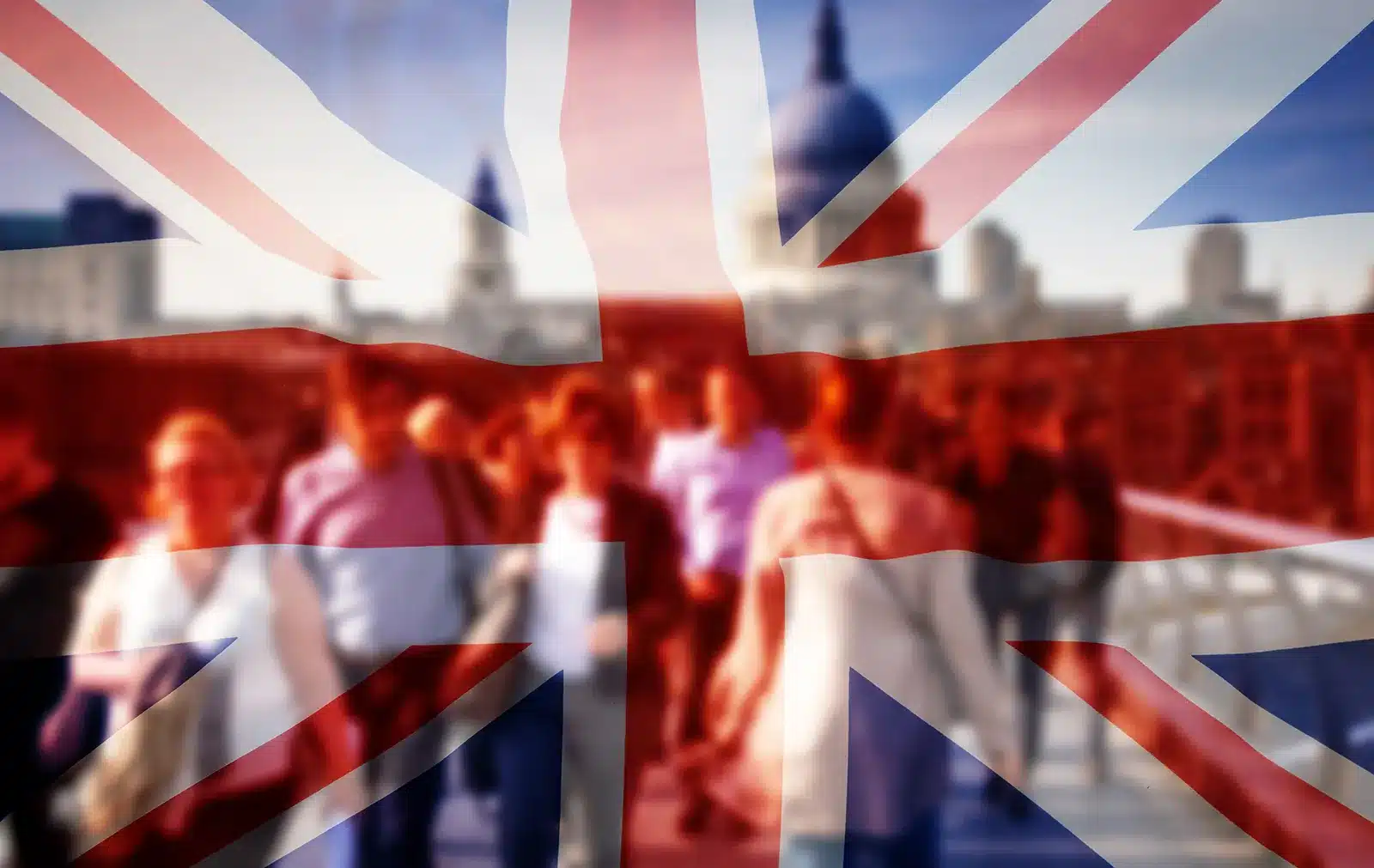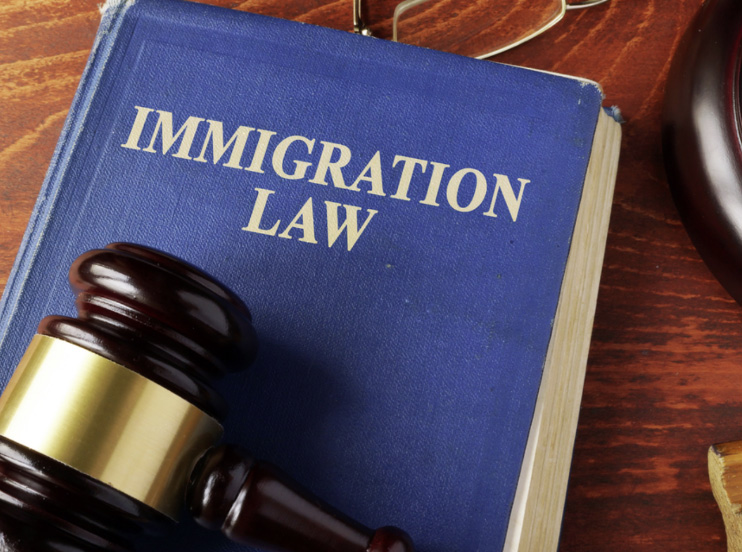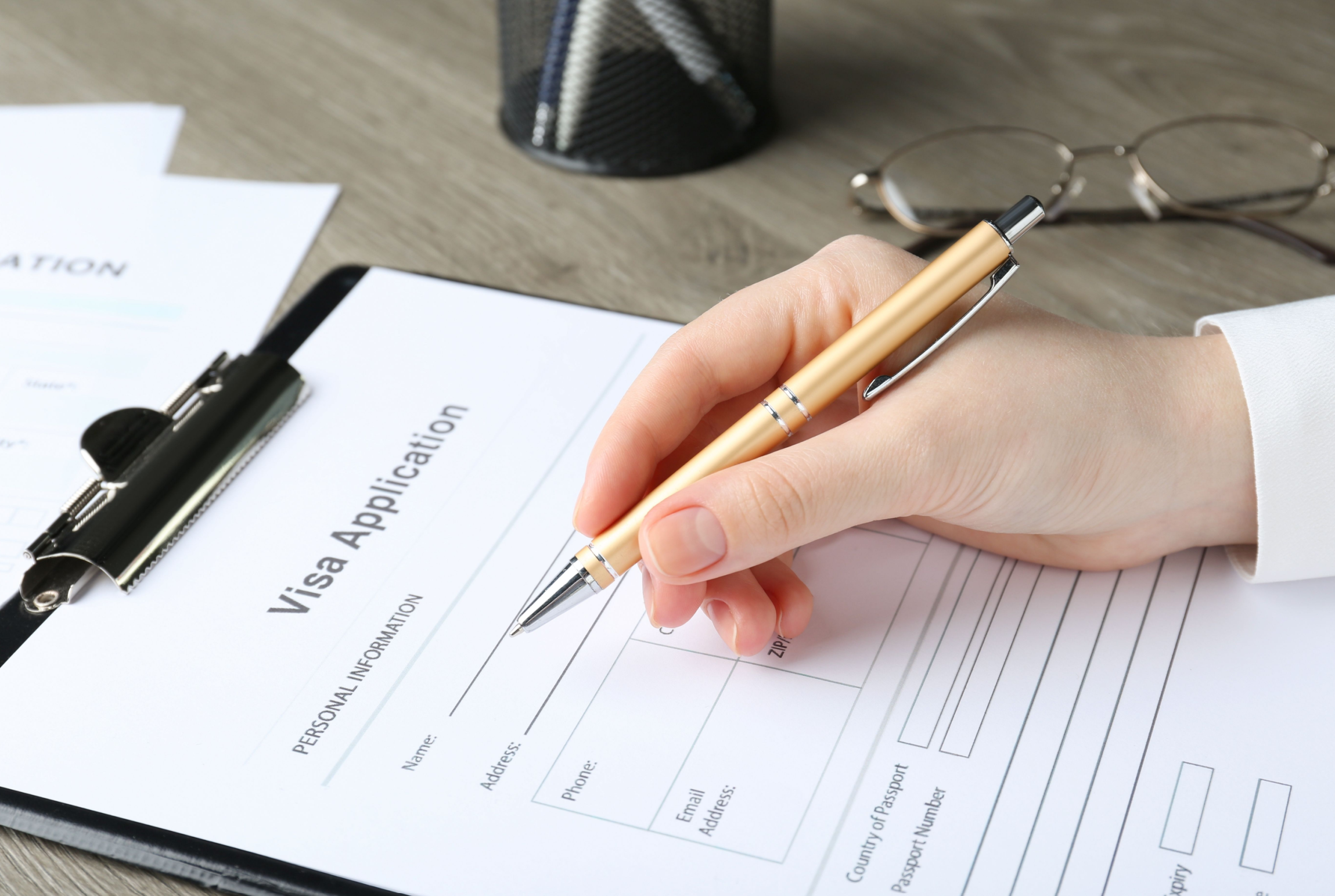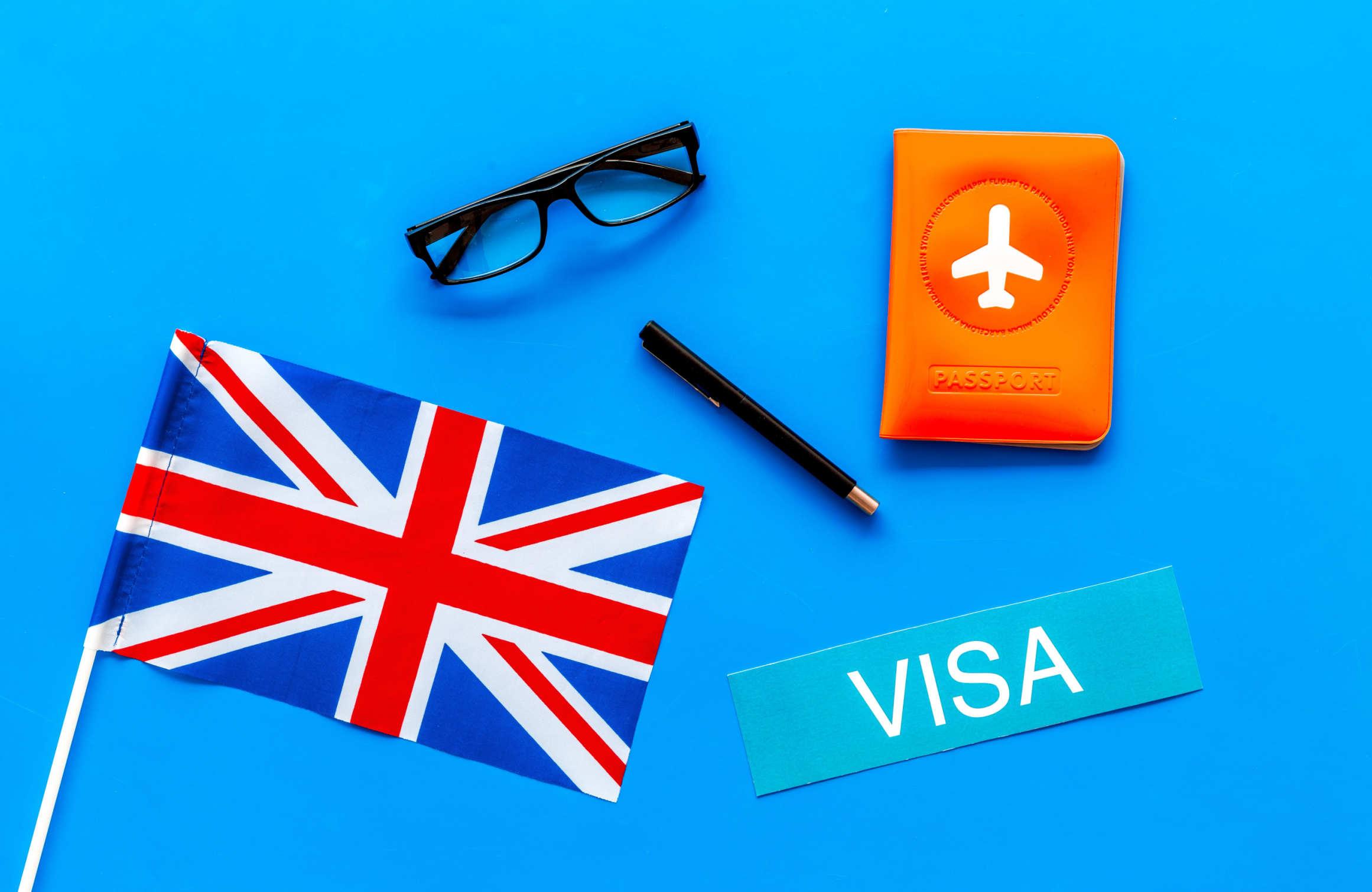It’s well known that Home Office visa fees are exorbitantly high and that they deliver a tidy profit to the Government. But as an immigration specialist, one of the many challenges of the job is effectively advising my clients on the various ‘hidden’ charges that appear down the line.
In this short blog, we will highlight some sneaky, hidden fees you could incur along the way. This blog covers applications made outside the UK, although there are similar unpleasant surprises when applying from within the UK.
Standard not-so-hidden charges
Before we look at the hidden charges, it’s worth recapping what the main charges are associated with family-based applications for Entry Clearance:
- Application fee: £1538
The application fee covers the cost of your visa and the processing of your application by a Home Office caseworker. Should your application be unsuccessful you will not receive a refund of this fee and the Home Office will retain the full amount.
- Immigration Health Surcharge: £3,105 (this works out at £1,035 per year)
You will normally have to pay the Immigration Health Surcharge straight after you pay the visa fee (although some applications are exempt, including the Health & Care Worker visa). The Immigration Health Surcharge covers use of the NHS, although you still need to pay for certain services such as prescriptions and dental treatment and any other services which are not covered under the NHS. You can find more information regarding the Immigration Health Surcharge here. The Health Surcharge is refunded if your application is refused.
Sneaky hidden fees
Now on to those nasty fees which are not made clear at the outset:
- Biometric enrolment appointment: fees are dependent upon the visa application centre’s costs
As part of your application, you will be required to book and attend an appointment at a visa application centre to provide your biometric information. The biometric enrolment appointment fee differs according to each visa application centre in every country. Some visa application centres do not charge for the use of their centre and this fee is included in your application fee. However, many visa application centres will charge a separate fee. Unfortunately, you may be unaware of this fee until you come to book your appointment. In our experience, these fees have ranged from £55 to £250.
Back to the main visa for a moment – it’s worth knowing that the Home Office fees are paid out in US dollars which invariably means the fees which you are paying out will be higher than those fees published by the Home Office. You can estimate the total fees including the exchange rate by using a currency convertor, but this is not always accurate and it is best to budget above this sum to avoid any disappointment or frustration. This is extremely frustrating to encounter without pre-warning as the current rates can make a big difference in the amount being paid.
Top tip: You can use the Home Office’s visa application fees questionnaire to search for the type of application you wish to submit and you will be provided with confirmation of the fee in US dollars. This is subject to exchange rates at the time of submitting your application. This echoes another theme running through the Home Office published information, whereby what they say in theory does not work out in practice.
The Home stated on 6 December 2013 their main objective in changing the currency of application fees is to ‘modernize their transactional process’ to ensure this is consistent with a wider global trend to online transactions and payments: whatever the objective, visa applicants seem to be worse off!
You should check whether the bank which you are using to pay your fees charges any additional fees for ‘payments in non-sterling transactions’. It has recently been brought to our attention that some UK banks charge a fee for you to make any financial transactions using a UK bank account for payments processed in a different currency. This can be highly frustrating to see when you have already budgeted for the cost of your application.
A final note on new changes announced in December 2023
The minimum income requirement for partners is set to increase by an astonishing 108%, this is said to be raised incrementally:
- The first stage sets the minimum income requirement to be increased to £29,000 on 11 April 2024.
- It is then said to be raised to £34,500 — there is no general date for this increase, never mind a specific one.
- The threshold will then be raised to an excessive £38,700 in a very vague “early 2025”.
Contact Truth Legal today!
We appreciate this blog may sound doom and gloom, but we feel it’s better to go in with your eyes open!
Truth Legal are experts in family-based applications. If you would like support with your visa application, please do not hesitate to contact us.
Further Reading
From one of the UK’s most read legal blogs.
